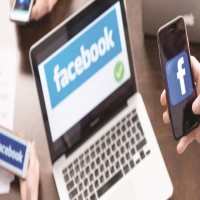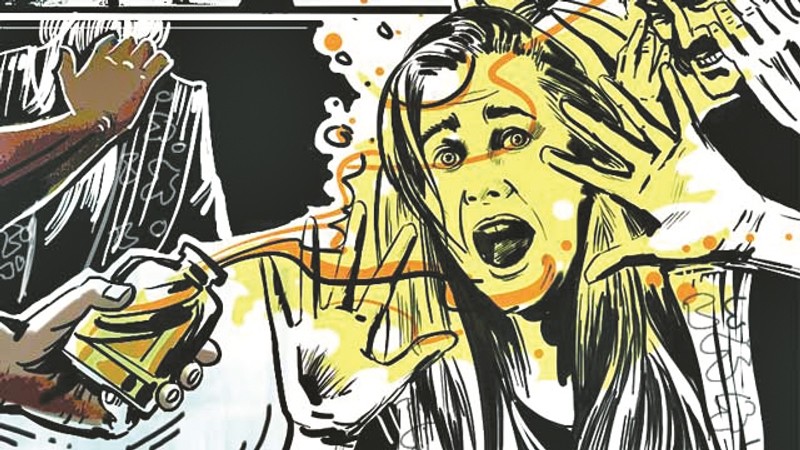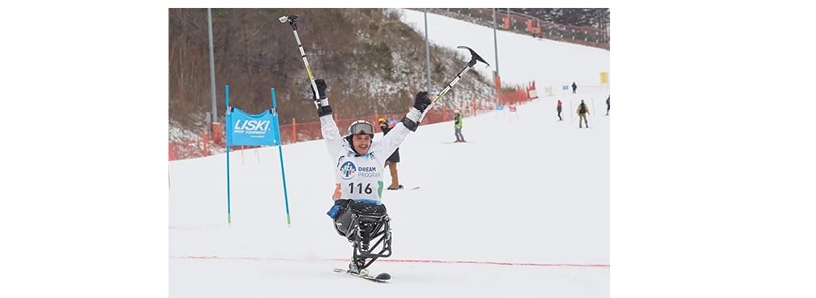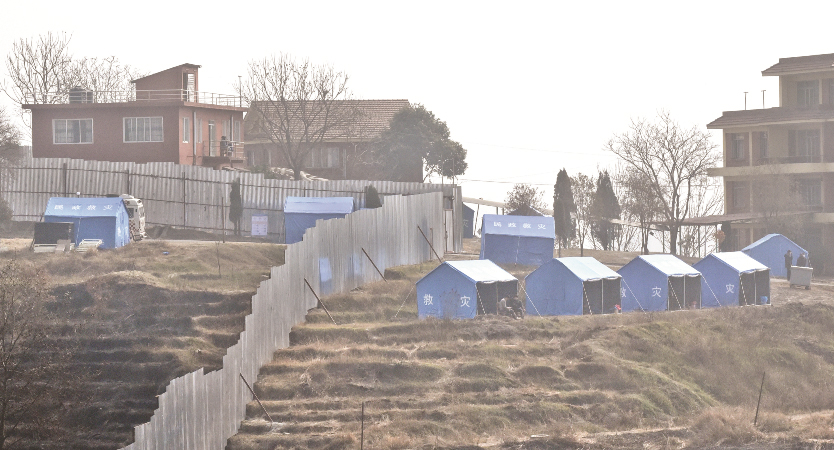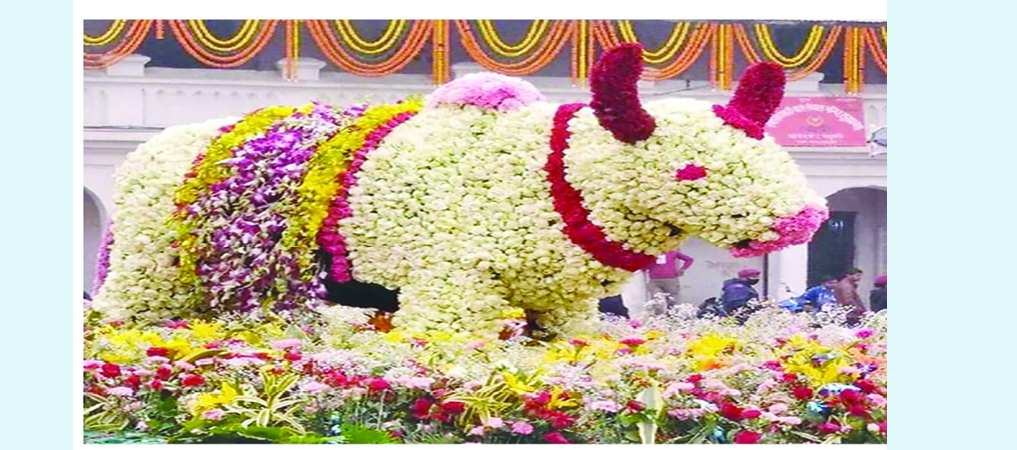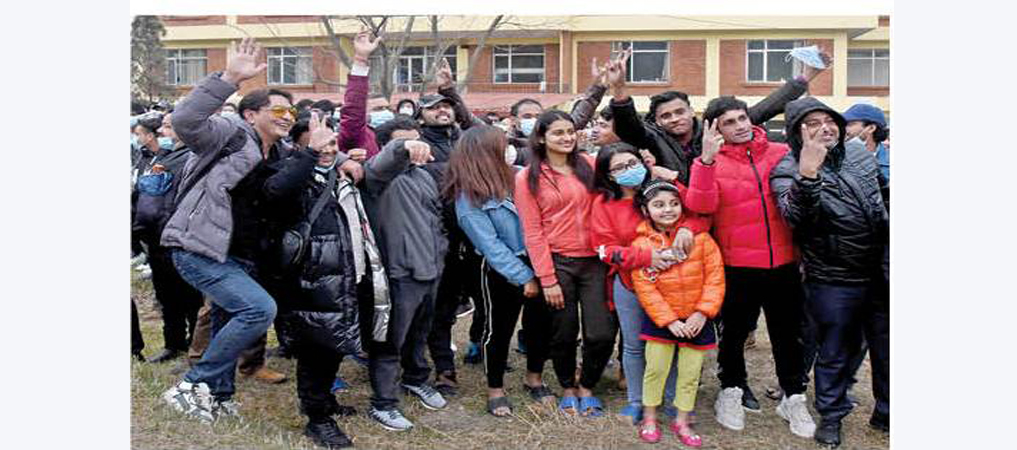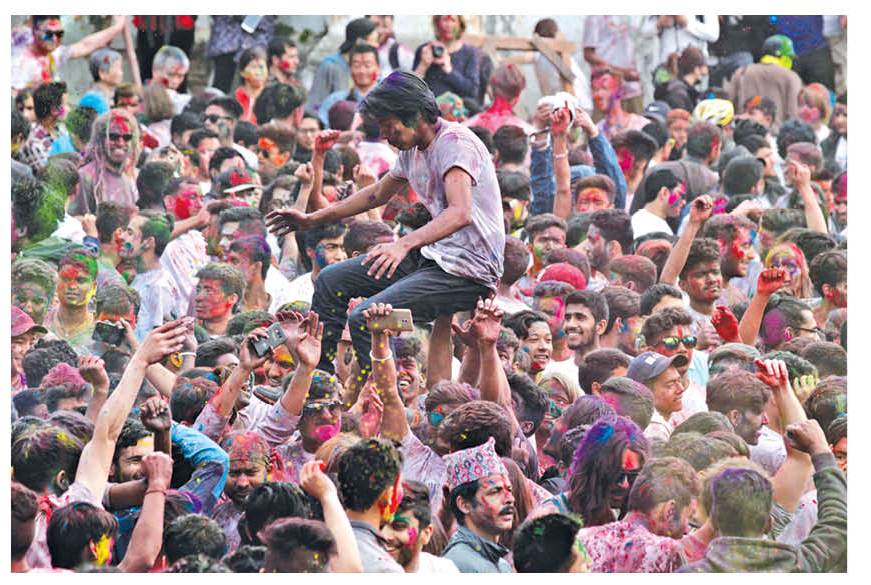Social media painting alarming pictures of virus outbreak
By Sampada Anuranjanee Khatiwada
Kathmandu, Mar. 17: While the outbreak of COVID-19, also known as novel coronavirus, has gripped the world, the social media have only been intensifying the fear of the virus amongst people, leading to consequential market shortage and black marketing of all the essential commodities.
The misinformation regarding COVID-19 is spreading in social media as rapidly as the virus is breaking out all over the world.
Although social media sites such as Facebook, Instagram and YouTube have been using their platform to post relevant and up-to-date information and myths regarding the pandemic, various online news portals, pages and social media users have unnecessarily escalated the fear of COVID-19.
For an instance, on March 12, a falsified press statement, in the name of Bharatpur Hospital, Chitwan stating that two people had tested positive
for the virus was floating all over
social media, thereby spreading fear among the people.
“The news had caught my eye and when I told my family members about it, all of us started to panic,” said Maya Pathak, 23, a local of Ratnanagar, Chitwan. “We even hoarded food items and medicines to stay in lockdown, if need be.”
Maya said that the made-up press statement had created chaos all over the place.
Also, the seasonal flu that spread in Jugal village of Sindhupalchowk in February had been rumoured as coronavirus by many netizens.
The spread of cross-border epidemics is not something new. As per the data revealed by the World Economic Forum on March 15, SARS had taken the lives of 770 people during 2002/03, Ebola claimed 11,000 lives in 2014/16 and Swine Flu in 2009/10 claimed 200,000 lives.
“If we look into the history, the epidemics weren’t much sensitised as people’s access to Internet and social media was not as dense then as it is now,” said Dr. Sameer Mani Dixit, director of Research at the Centre for Molecular Dynamics Nepal.
Lately, everyone has become a health expert in social media, but little knowledge is a dangerous thing, he added. “Nepalis tend to believe whatever they see or hear. Therefore, the information and misinformation floating around social media has further deepened the fear of COVID-19 amongst the people,” added Dr. Dixit.
“This is not good in anyway. Clickbait YouTube videos and news headlines are even more dangerous and are likely to affect human psychology,” said Dr. Dixit. “The government cannot look into and intervene each and every issue. Therefore, we, as social media users ourselves should consume news, data and information regarding the virus, or any other subject wisely.”
The netizens should not believe whatever they see or hear. They should build their perspective by doing intensive research on the issue.
Likewise, Dr. Prakash Budhathoky, a psychologist, said, “Firstly, we Nepalis tend to view or read anything with sensitized headlines, overlooking its credibility.”
“Even though the virus hasn’t broken out in Nepal yet, the denizens have already started reacting to it,” said Dr. Budhathoky. “It is better to opt for preventive measures, but false information in social media has definitely increased the fear of COVID-19 among people, leading to psychological effects.”
Mostly schizophrenic people, people with high blood pressure and anxiety are seen to be psychologically affected by the fear of the pandemic, he added.
Budhathoky said that along with adopting preventive measures, it was important for the netizens to consider the credibility of the information they keep track on.
“Limited use of social media, following authentic data and information of Ministry of Health and Population and World Health Organisation would help in adopting appropriate precautionary measures against the virus and flouting fake data and information,” said Dr. Budhathoky.
Recent News

Do not make expressions casting dout on election: EC
14 Apr, 2022
CM Bhatta says may New Year 2079 BS inspire positive thinking
14 Apr, 2022
Three new cases, 44 recoveries in 24 hours
14 Apr, 2022
689 climbers of 84 teams so far acquire permits for climbing various peaks this spring season
14 Apr, 2022
How the rising cost of living crisis is impacting Nepal
14 Apr, 2022
US military confirms an interstellar meteor collided with Earth
14 Apr, 2022
Valneva Covid vaccine approved for use in UK
14 Apr, 2022
Chair Prachanda highlights need of unity among Maoist, Communist forces
14 Apr, 2022
Ranbir Kapoor and Alia Bhatt: Bollywood toasts star couple on wedding
14 Apr, 2022
President Bhandari confers decorations (Photo Feature)
14 Apr, 2022
